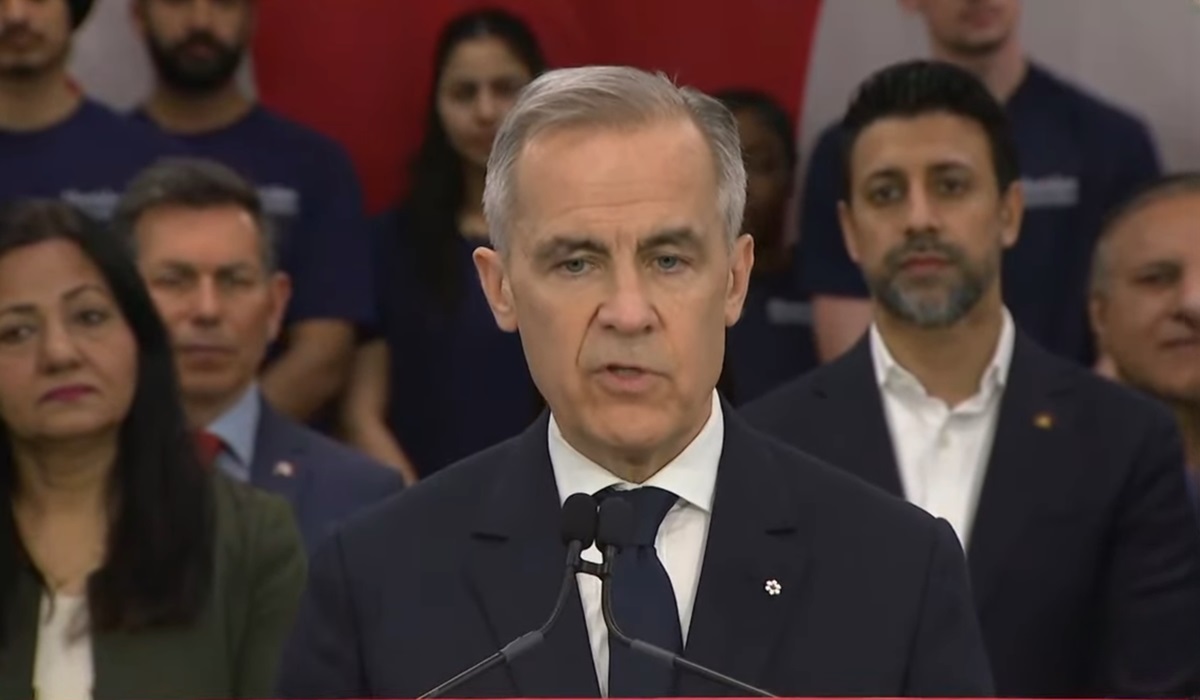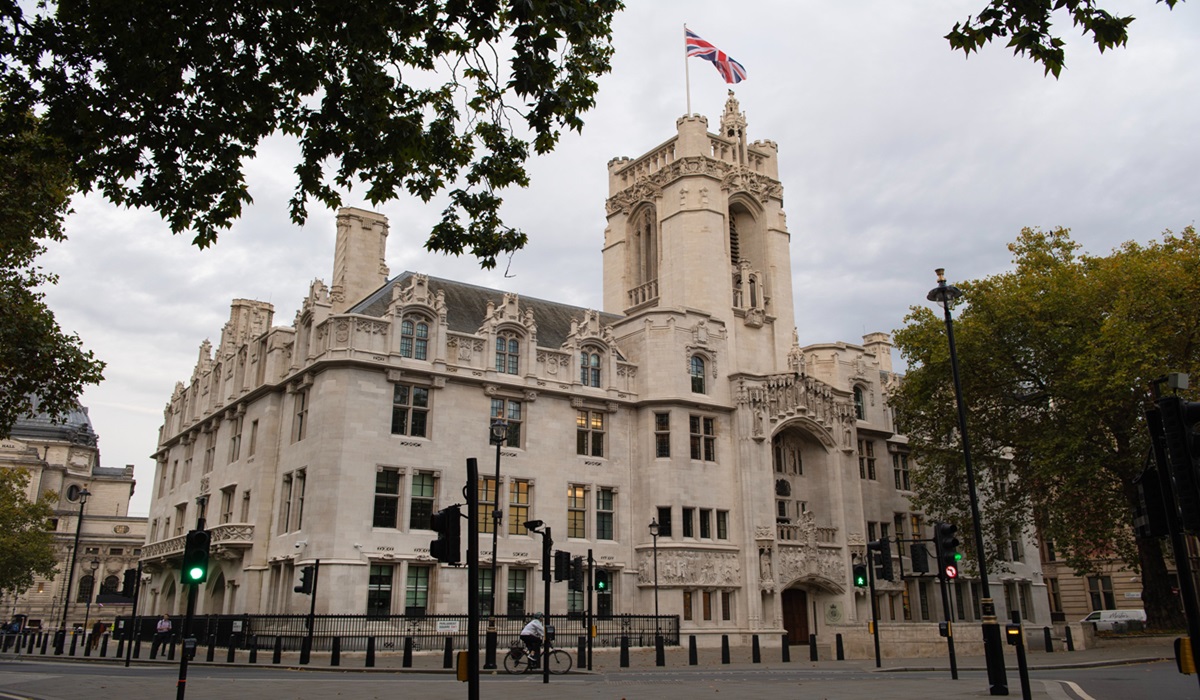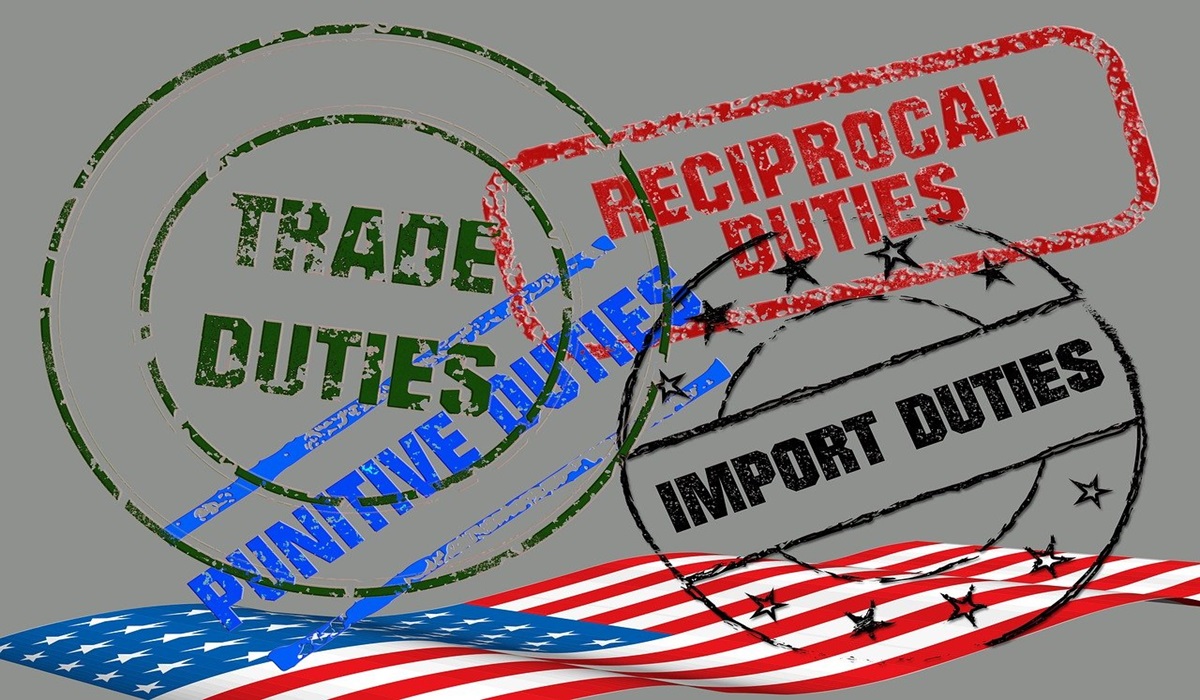Spin, Staffers, and Denials: The Button Scandal That Won’t Go Away
- TDS News
- Breaking News
- April 14, 2025

At a recent campaign stop, Canadian Prime Minister found himself facing more than the usual policy questions. The media glare had shifted to an act of political sabotage—one both petty and pointed. Fake campaign buttons, deliberately planted at a Conservative Party rally, were designed to mock and discredit the opposition while masquerading as official merchandise.
The buttons, widely shared online, carried satirical slogans crafted to look authentic. While the slogans varied, the tone was unmistakably derisive and calculated to create confusion or embarrassment. They weren’t left behind by accident. This was a stunt, executed with intent.
Appearing on stage, the Prime Minister addressed the controversy directly: He stated he had no idea this happened, “And I apologize.” He then added that the staffer responsible had been “reassigned.”
Now let’s cut through the spin.
Let’s take the Prime Minister at his word and assume he truly didn’t know. But anyone who’s ever worked a campaign knows what this smells like. Every serious campaign has staffers—those who operate in the grey zone, who push the limits, cross the lines, and do the things that shouldn’t be done but somehow always are. Whether or not the leader knows is beside the point. That’s the beauty of plausible deniability.
“Oh, I didn’t know that happened.”
“Oh, that’s not acceptable.”
“Oh, that staffer has been dealt with.”
But let’s be clear: reassigned is not the same as fired. If this was so appalling, why wasn’t the staffer shown the door? Why keep them around? Because campaigns need those staffers. The ones who’ll take the hit, plant the buttons, spin the story. The dirty work still needs to be done—it just can’t be traced back directly.
But here’s the question no one seems to be asking loudly enough: who paid for those buttons? Printing costs money. Designs must be approved. Distribution requires coordination. Are we supposed to believe this was the work of one rogue junior staffer, freelancing with campaign funds? That stretches credibility beyond breaking.
This means others had to be involved. Possibly someone in finance. Possibly the campaign manager. Someone signed off on this. Someone greenlit it. If they didn’t, then how tightly is this campaign even being run?
Either way, it’s not a flattering picture.
In modern campaigns, there’s always an invisible team—separate from the candidate, far enough to provide cover, close enough to get results. They’re the ones who dig up dirt, leak selective stories, or in this case, plant satirical buttons to stir confusion. The goal is always the same: weaken the opponent without leaving fingerprints.
So the Prime Minister says he didn’t know. Maybe that’s true. But here’s what is true: fake buttons were printed, planted, and circulated. A staffer was reassigned, not removed. No names were given. No accountability beyond a press statement. And we’re supposed to believe the buck stops there?
This is more than a stunt—it’s a test of leadership. Will the campaign take real responsibility? Will heads roll, or will they just get shuffled? So far, the answer is clear. The staffer stays. The details stay buried. And the spin machine keeps humming.
In a world where political optics are everything, the message is loud: it’s not about what’s right. It’s about what you can get away with—and who’s willing to do it for you.








